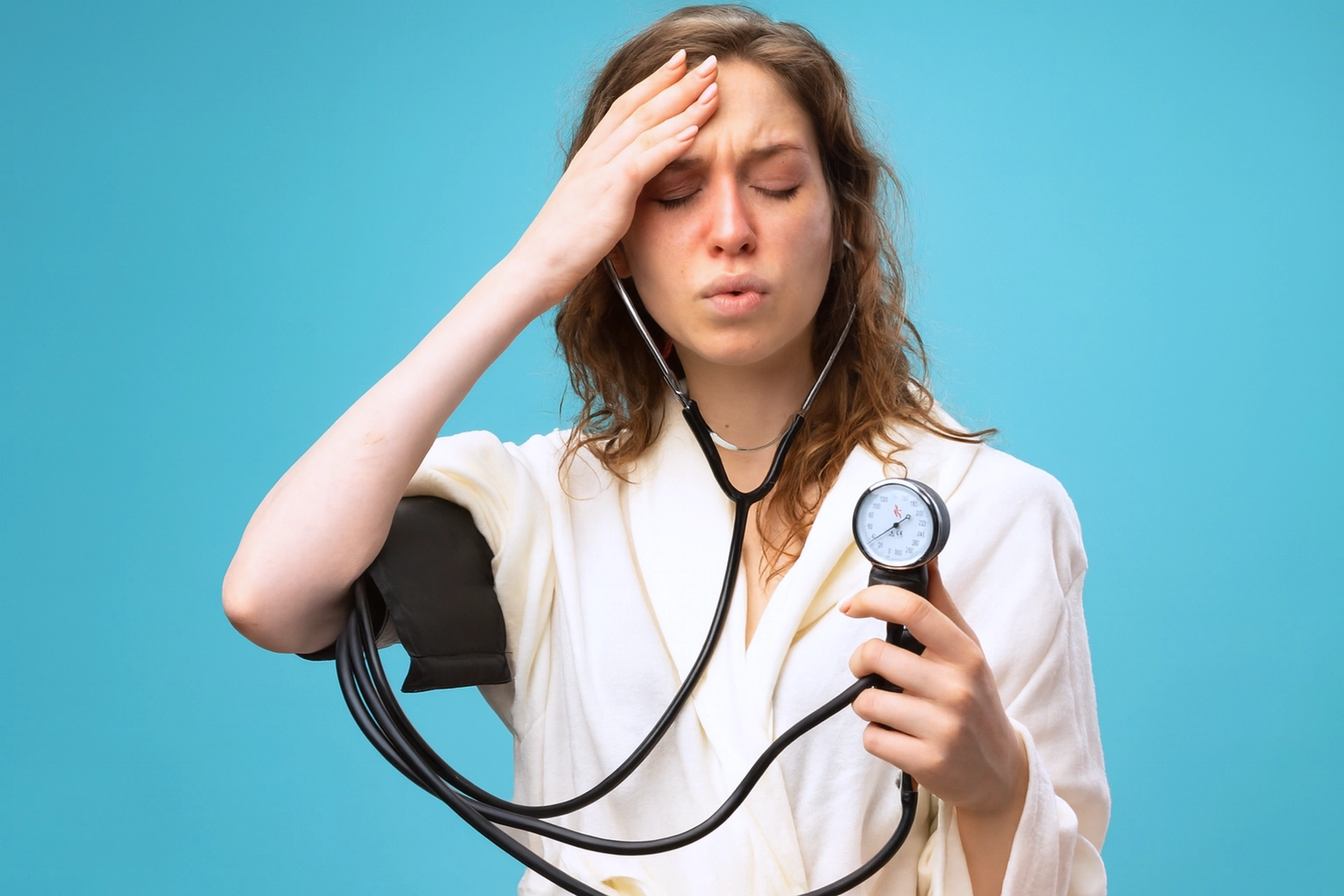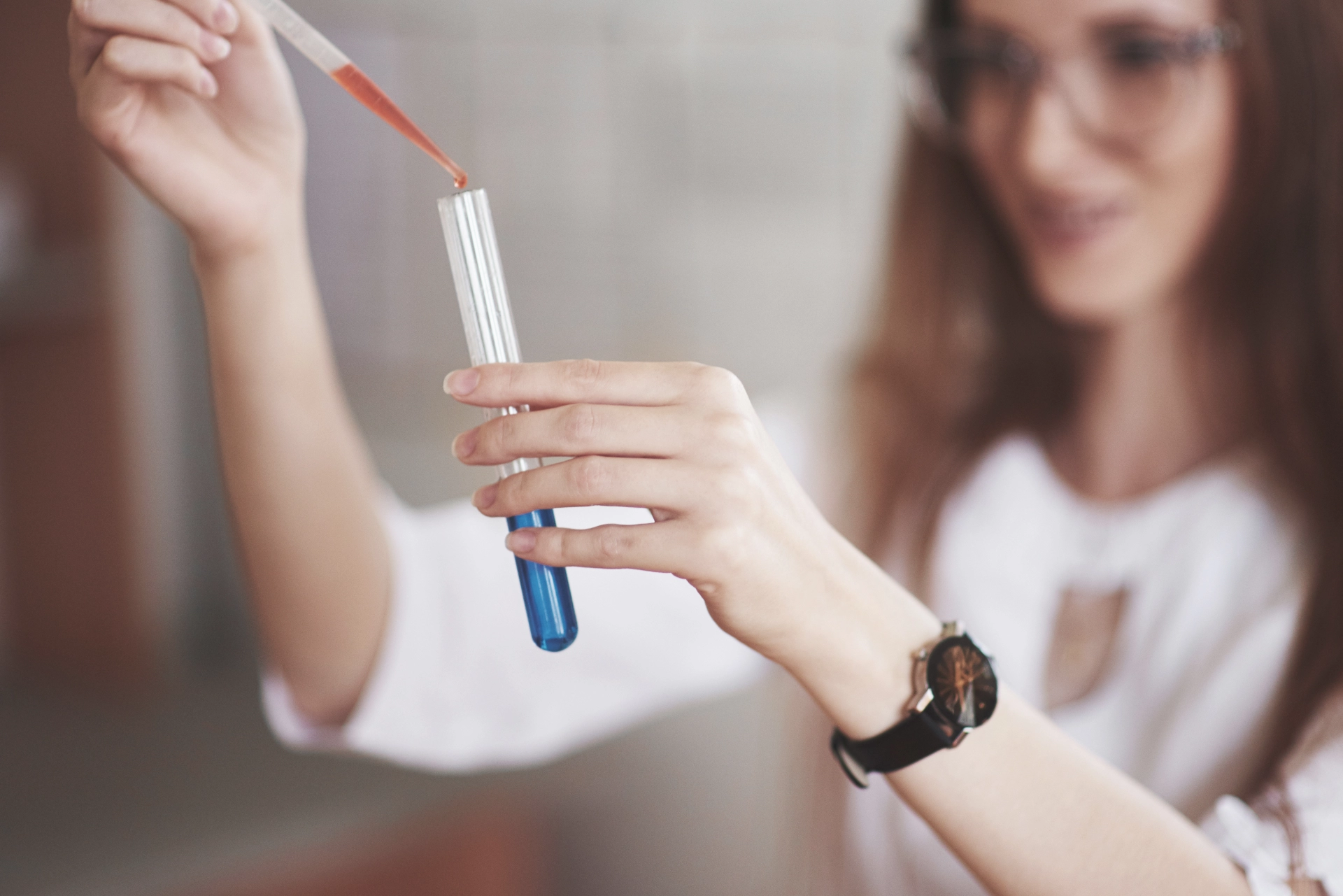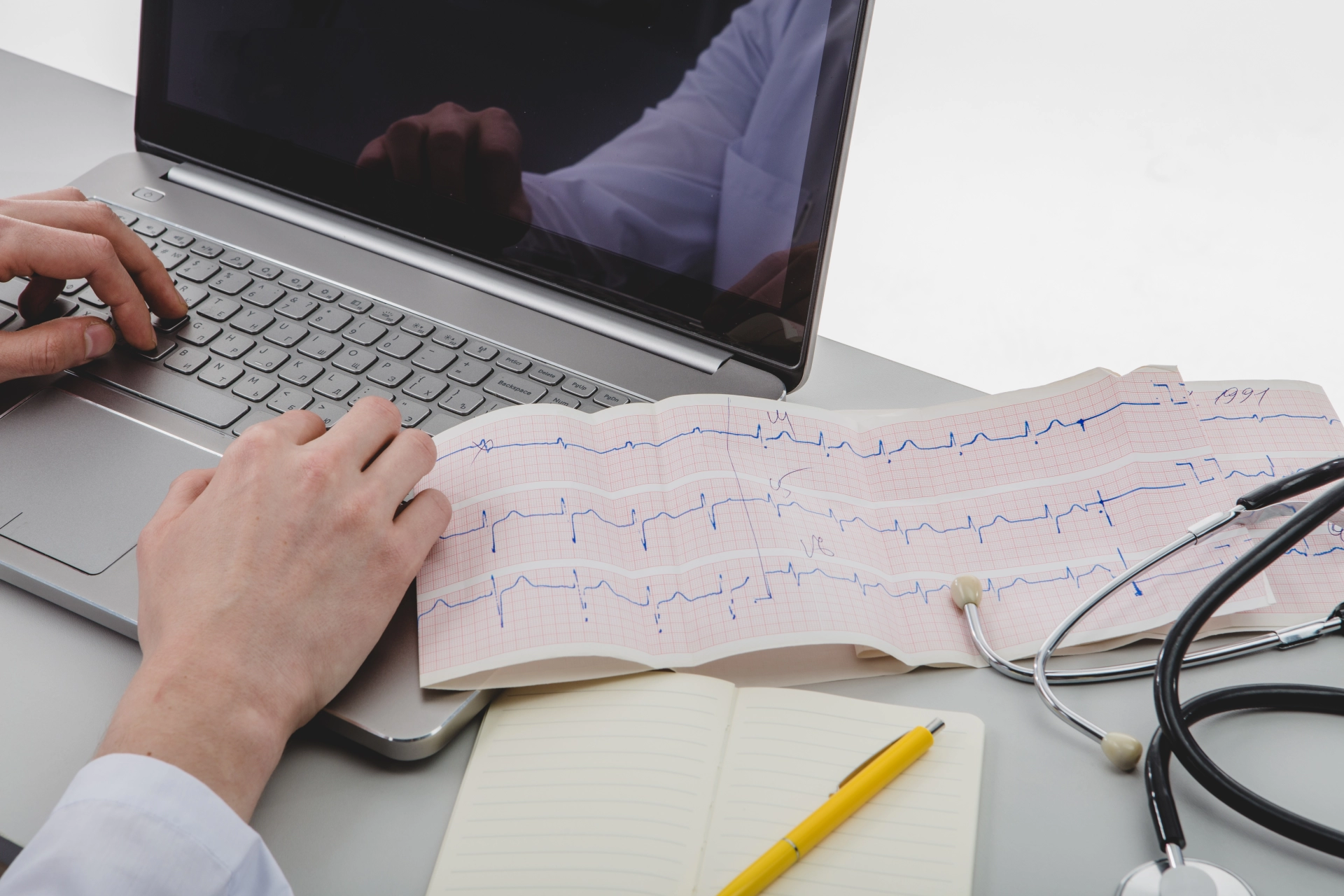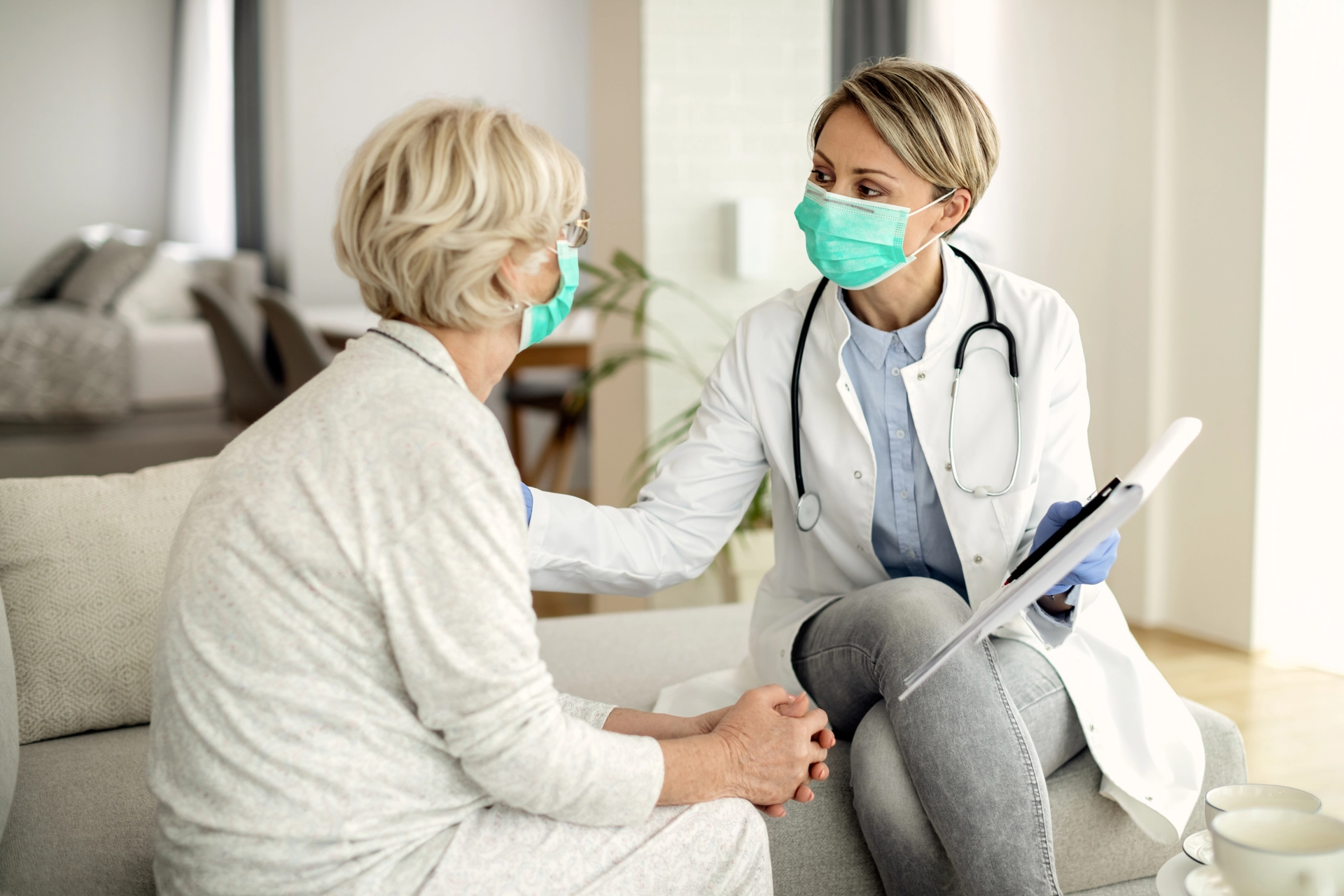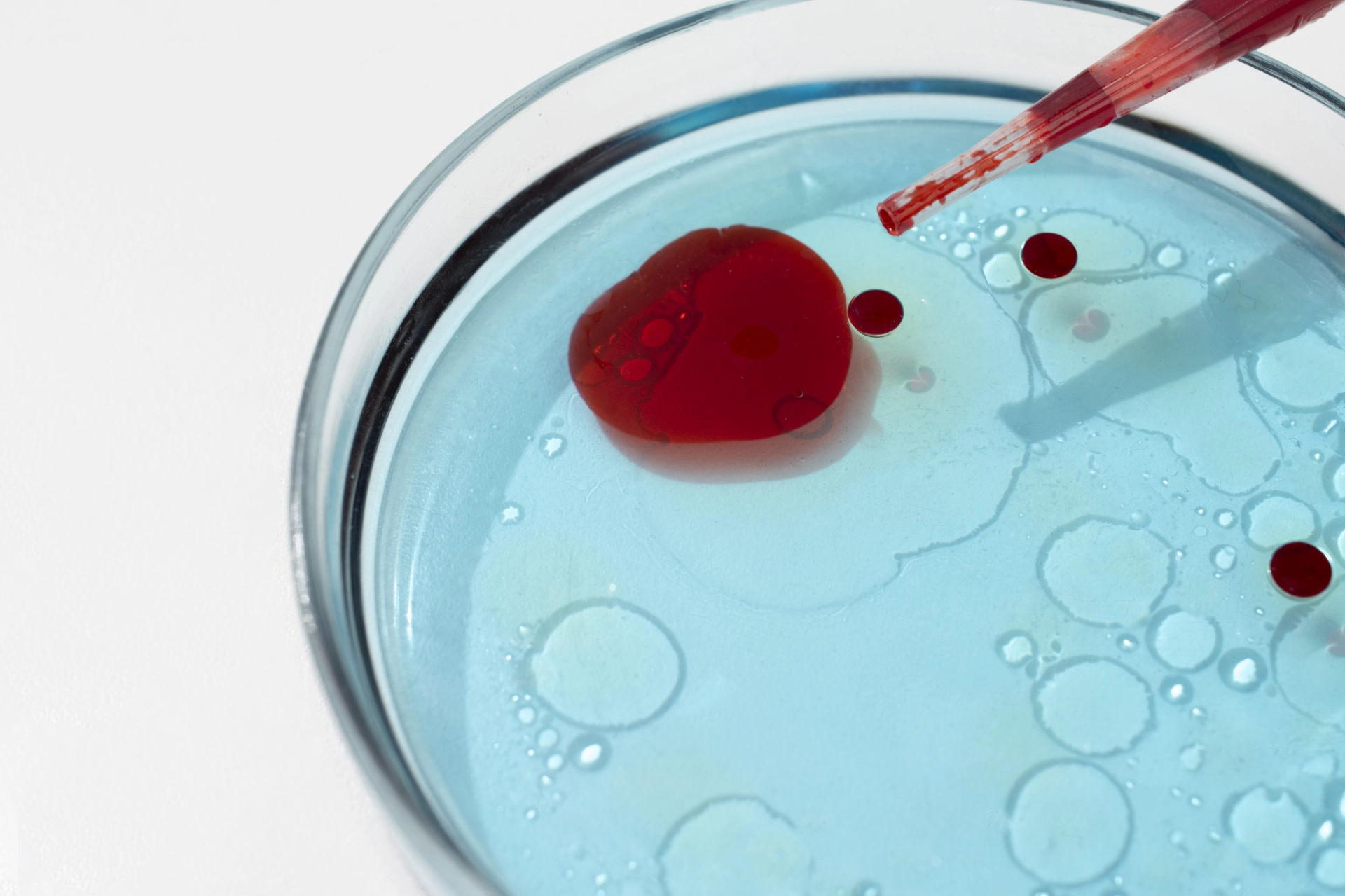High blood pressure, or hypertension, is a disease that's quiet but ends in catastrophic consequences. It's often called a "
" because it can develop for years without obvious symptoms. Initially, there are no alarms or warning signs. But later, it can lead to a heart attack, stroke, or kidney failure. However, it is possible to prevent it if you know what to look for.
What is High Blood Pressure?
Blood pressure is considered high when its systolic (upper) value exceeds 140 mmHg and its diastolic (lower) value exceeds 90 mmHg. In this state, the body is under constant stress, threatening the health of the heart, brain, kidneys, and other organs.
Why is Hypertension Dangerous?
The danger isn't the pressure increase itself, but the consistently elevated state of the pressure, which causes a thickening of the blood vessels, heart enlargement, and impaired blood circulation. Hypertension can lead to:
• Myocardial infarction
• Stroke
• Kidney failure
• Sudden death
• Worsening vision and blindness
Types of Hypertension
There are two main forms of hypertension:
•
Primary (Essential)
: Develops without a clear cause but is linked to genetics, stress, and lifestyle.
•
Secondary (Symptomatic)
: Is a consequence of other diseases, such as kidney, thyroid, heart, or hormonal disorders. Unlike primary hypertension, secondary hypertension often progresses more aggressively, requiring prompt identification and targeted treatment of the underlying cause.
Stages and Grades of Hypertension
Doctors evaluate the progression of the disease according to the following criteria:
Stages:
Stage 1
: No organ damage.
Stage 2
: Minor damage to target organs: heart, brain, kidneys.
Stage 3
: Heart attack, stroke, or kidney failure are already present.
Grades:
Optimal Pressure
: Around 120/80 mmHg.
Grade 1 Hypertension
: Systolic pressure is 140-159, and diastolic is 90-99.
Grade 2 Hypertension
: Systolic is 160-179, and diastolic is 100-109. At this stage, constant medication control is needed.
Grade 3 Hypertension
: Pressure exceeds 180/110. This is a high-risk condition for acute damage to the heart, brain, and kidneys.
Hypertensive Crisis
A hypertensive crisis is one of the most dangerous manifestations of hypertension. It's an acute condition where blood pressure rises sharply, accompanied by headaches, vision disturbances, heart palpitations, chest pain, or difficulty breathing. If not treated in time, a hypertensive crisis can lead to a cerebral hemorrhage or a heart attack.
Who is at Risk?
Factors contributing to the development of hypertension can be divided into two groups:
Non-modifiable (genetic, biological)
:
Age (especially after 40)
Gender (men more often until 60, women in the postmenopausal period)
Heredity
Modifiable (lifestyle-related)
:
Overweight
Sedentary lifestyle
Salty, fatty foods
Stress
Smoking, alcohol
Sleep disorders
Chronic diseases like diabetes or kidney problems
Organs at Risk
High blood pressure primarily targets organs that perform the most vital functions:
• Heart: Left ventricular hypertrophy, angina, heart attack.
• Brain: Stroke, memory loss, thrombosis.
• Kidneys: Decreased filtration, kidney failure.
• Eyes: Retinopathy, sharp vision deterioration.
• Vessels: Aortic dilation, aneurysm.
How to Know if Your Blood Pressure is High
The biggest problem with hypertension is that it can be asymptomatic for a long time. However, people sometimes report:
• Headaches, especially in the neck
• Dizziness
• Heart palpitations
• Blurred vision
• Sleep disturbances
• Decreased work capacity
• Spontaneous fatigue
What to Do if You Already Have High Blood Pressure
Hypertension is treatable, but not just with medication. The first step is to change your lifestyle. It is recommended to:
• Measure your blood pressure regularly. If it's often high, consult a doctor.
• Limit salt and animal fats.
• Try to lose weight if you are overweight.
• Avoid tobacco and alcohol.
• Be physically active. Just 30 minutes of walking a day can make a significant difference.
• Manage stress, as mental tension is a silent enemy of the heart.
• Follow your doctor's instructions and do not stop taking medication on your own.
